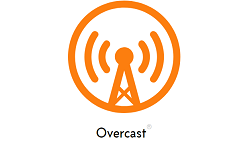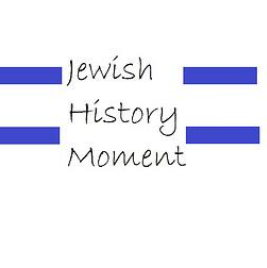Episode 058 - chuck Adams - K7QO
| Chuck Adams, K7QO, is working the world with his single channel 20 meter transceiver just to show that he can. CW is Chuck’s mode of choice because of its efficiency and as a gateway to making ham radio affordable to anyone. Chuck shares his ham radio life, his Manhattan "muppet board" construction technique, and how to copy call signs at 140 words a minute, with Eric, 4Z1UG, on this episode of QSO Today. |
| Father was a ham: W5NNB Hometown: Wink, Texas First Club: Kermit, Texas Ham Radio Club Instructograph - Morse code trainer with paper tape. First License: KN5FJZ, 1957 License upgrade to Conditional Class license:K5FJZ Upgrade to Extra Class: K5FO, 1970 K7QO - Vanity Callsign, 1999 First Radio Club: Midland Amateur Radio Club First Rig: Heathkit Apache Transmitter borrowed from the Midland Amateur Radio Club National NC300 receiver First QSO with an Ameco AC1 transmitter and 40 meter dipole lying on the ground Keyer: Vibroplex Shave and a Haircut two bits Father had a Collins KWM2A Transceiver Virgil E Bottom - expert on quartz crystals Education:
Texas A&M Radio Club, W5AC 1970 Wall Street Journal 2007 Interview with Chuck Adams Current Rig: PigRig One Watt Transceiver W8DIZ - Kits and Parts Dot Com Benefit of learning the Morse Code - you can build a low budget transceiver for less than $50.00 and work the World Chuck’s Website - K7QO.net Chuck’s Youtube Channel United Press International Morse Code Morse Code at 140 Words Per Minute rufzXP CW call sign trainer - sends call sign in HSP - High speed telegraphy contest Fists CW Club Manhattan Muppet Board Method - for building homebrew electronics building Introduction to Radio Frequency Design - by Wes Hayward Building Techniques - By Chuck Adams, K7QO - slide deck 2N2222 Transistor - NPN common transistor 14.059 Mhz - Chuck’s single frequency on 20 meters CME disturbance - “hurricanes of Space weather” Wonderlabs Kits The RSS Feed for all audio content from QSO today is available from here. Please join our QSO Today community by pressing the button below. It is the best way to suggest guests and topics, and provide feedback to Eric, 4Z1UG. | Heathkit Apache Transmitter Ameco AC-1 Novice Transmitter National NC300 Receiver Chuck's 1 Watt 20 meter Transceiver - The "Pig Rig" |

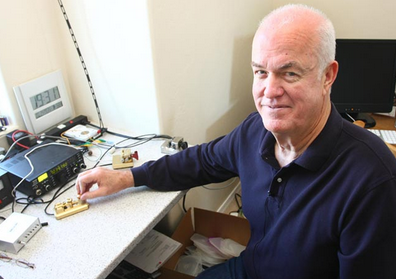
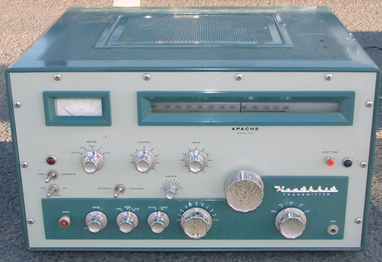
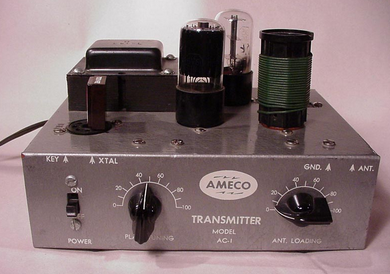
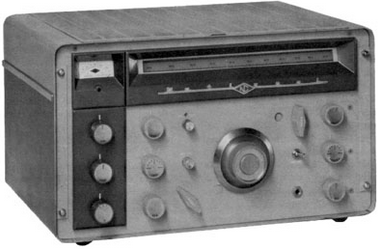
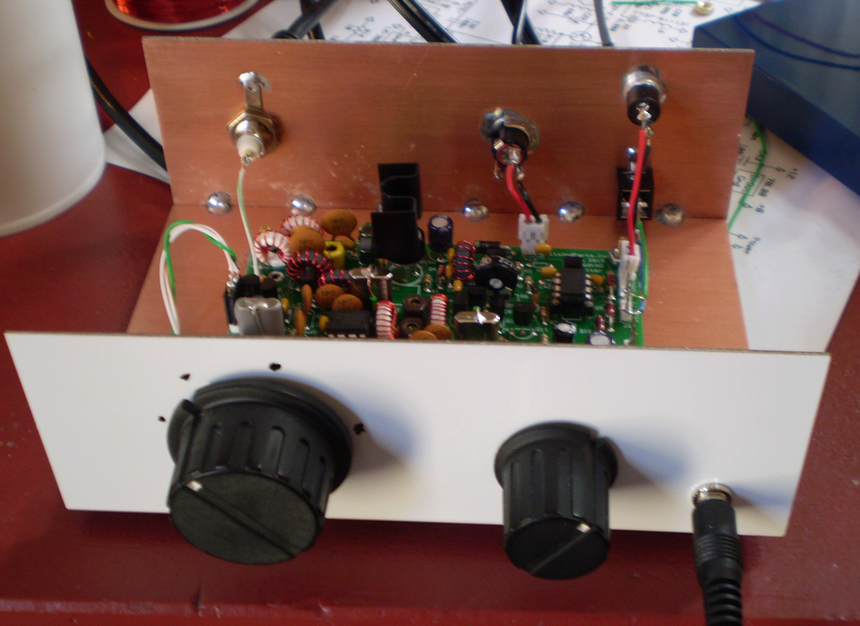


 RSS Feed
RSS Feed





